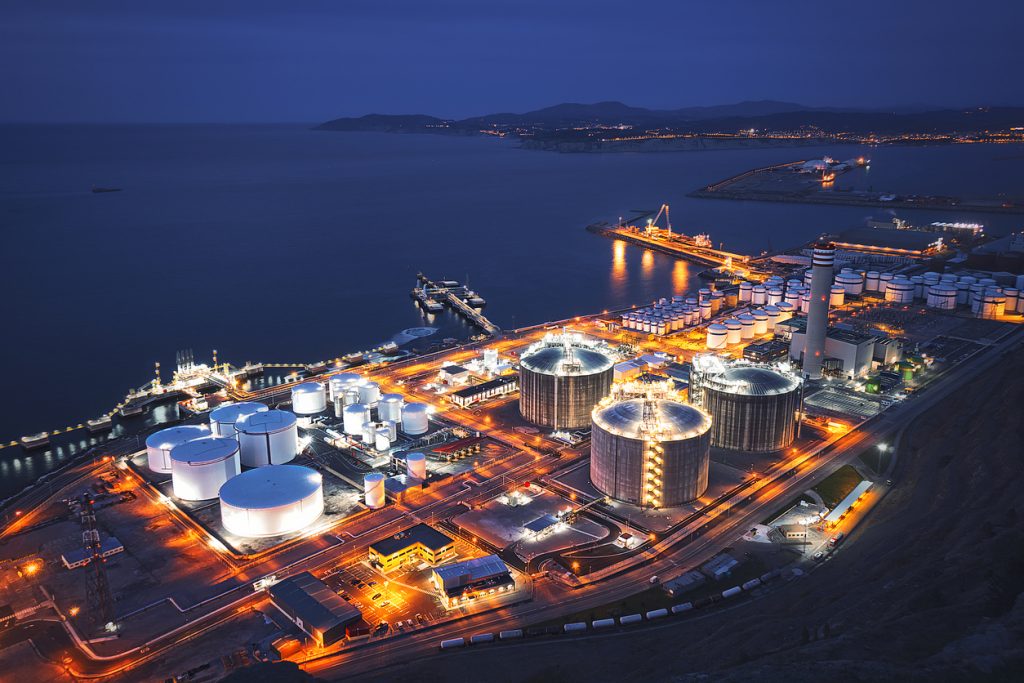How Is Brine Mining Used for Lithium Recovery?
Brine mining is by far the most common method of lithium recovery used today. But what is it, and how is brine mining used for lithium recovery?
In this article, we’ll look at how and why brine mining relates to lithium production and explore how the principles of brine mining are leveraged to develop new lithium extraction technologies capable of isolating the metal from alternative sources.
What is brine mining?
Brine mining is the extraction of any desirable compounds or elements from a naturally occurring salt solution, such as brackish groundwater, seawater, and surface water (e.g. saline lakes). Brine mining operations may extract numerous materials from the same deposit, and production may include lithium as well as a variety of other elemental substances and compounds.

How is lithium produced by brine mining?
The actual process for recovering lithium from brine varies depending upon the source of the brine. The three main types of lithium brine deposits include continental, geothermal, and oil field deposits, as outlined below:
Continental brine deposits
Continental brine deposits are found in underground reservoirs, typically in locations with arid climates. The brines are contained within a closed basin, with the surrounding rock formations being the source of the dissolved constituents in the brine. In conventional lithium brine extraction, the brine is first pumped to the surface, where it undergoes a number of steps to ultimately produce a saleable lithium salt, such as lithium carbonate. This can include concentrating the brine, pretreatment to remove contaminants, and chemical treatment to precipitate the lithium out of solution. While rare, lithium-rich continental brine deposits remain the most economical source for lithium production, and, as a result, well over half of the world’s lithium is produced from just a handful of continental brine mining facilities across the world.
Geothermal brine deposits
Found in rocky underground formations with high heat flows, geothermal brines are highly concentrated, often with significant dissolved metal content. The brine is typically pumped to the surface by a geothermal power plant, used for energy generation, and then returned to the underground deposit via an injection well, or discharged to a surface waterway. In an effort to maximize efficiency and cut waste, some facilities have implemented technology to extract valuable materials, such as lithium, manganese, and zinc, from the brines prior to disposal. Recovery of lithium from geothermal brines may entail reverse osmosis (RO) and ion exchange (IX) units, among other technologies.
Oil field brine deposits
Oil fields are lands with underground petroleum reservoirs. In extracting oil and gas from oil fields, a significant amount of brine is also brought to the surface as well. Known as “produced water,” these brines are often rich in dissolved metals, which can include lithium in some locations. Over the past several years, the increasing demand for lithium has inspired some oil field facilities to implement technologies to recover lithium from produced water. Technologies used for this purpose have included gravity separation, gas flotation, and flocculation, among other technologies.
Alternative sources of lithium
Lithium is present in land and water across the earth, though generally in such small concentrations that commercial extraction simply isn’t viable. Existing brine mining operations exploit the few known brine deposits that are naturally rich in the metal. With the rising demand for lithium, however, some facilities are implementing new technologies that are inspired by standard brine mining techniques, but are instead designed for use with produced water and brine waste streams. These include:
-
-
- Hydraulic fracturing brine: Hydraulic fracturing, or “fracking,” operations entail high pressure injection of brines into underground rock formations for the purpose of extracting oil and gas. When the liquid is brought back to the surface, it contains not only the water, oil, and gas, but also dissolved materials from the surrounding rock. To make more efficient use of resources, some companies are incorporating water and waste treatment technologies to recover these dissolved metals and salts from the fracking brine, as is the case for a lithium recovery operation at shale gas fields in Texas.
- Heavy oil wastewater: Heavy oil mining operations produce significant volumes of evaporator blowdown wastewater, which, depending on location, can contain dissolved materials. At some locations, facilities are implementing water treatment technologies to recover lithium and other valuable materials from heavy oil wastewater, and to cut costs by reducing wastewater discharge volumes.
-
Recovering lithium as a byproduct of mining activities is challenging, as the metal is almost always present in very low concentrations. Still, with the development of new metals recovery technologies, it is becoming economically viable to extract lithium from brines and waste streams, especially as many of these emerging techniques offer a faster production timeline than conventional evaporation methods.
Can SAMCO help?
SAMCO has over 40 years’ experience in identifying appropriate brine and water treatment solutions to help lower costs and waste volumes while increasing lithium production yields. For more information or to get in touch, contact us here to set up a consultation with an engineer or request a quote. We can walk you through the steps for developing the proper solution and realistic cost for your brine waste treatment system needs.
To learn more about SAMCO’s innovative technologies that we commonly apply for lithium production facilities, visit our page on brine and lithium recovery, softening, and purification.
To learn more about lithium recovery, read these other blog articles that might interest you:
- How Much Does It Cost to Extract Lithium from Geothermal Brine or Crushed Ore?
- Best Companies for Extracting Lithium from Geothermal Brine and Other Produced Water Streams
- Is it Possible to Extract Lithium from Seawater?
- What Is the Best Way for Recovering Lithium from Geothermal Brine?
- What is Lithium Extraction and How Does It Work?
- How Do You Enhance Lithium Concentration and Recovery from Brine Streams?
